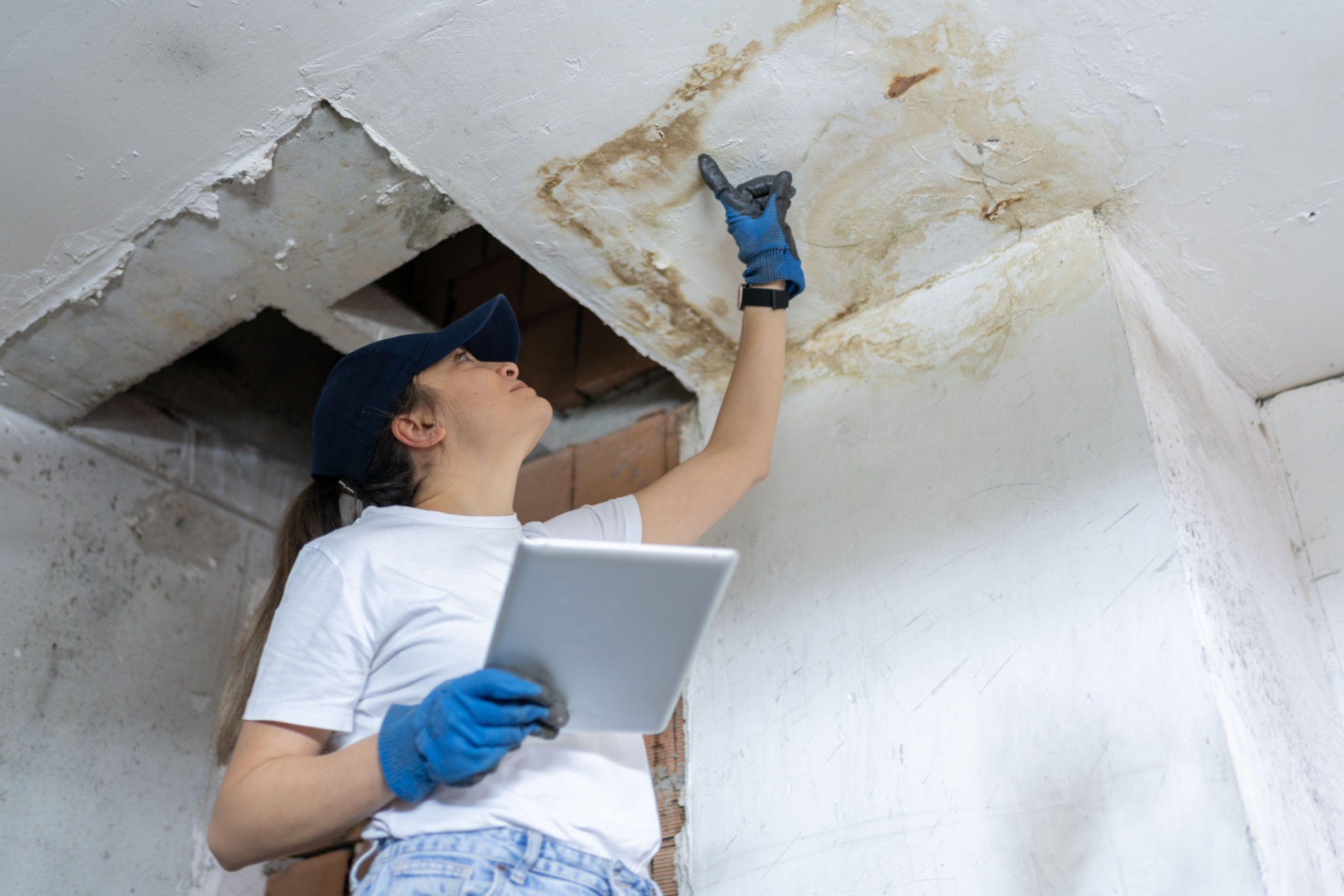DIY Tips: Identifying Asbestos in Your Home Before Professional Removal
Understanding Asbestos and Its Risks
Asbestos is a naturally occurring mineral fiber that was commonly used in building materials due to its durability and resistance to heat. However, prolonged exposure to asbestos fibers can cause severe health issues, including lung cancer and asbestosis. Identifying asbestos in your home is crucial before any renovation or demolition work.
Before you begin your DIY inspection, it's essential to know that asbestos is often found in older homes, particularly those built before the 1980s. Common areas include insulation, floor tiles, roofing materials, and certain types of paint. If you suspect asbestos presence, taking precautions is vital to minimize health risks.

Identifying Potential Asbestos Locations
When inspecting your home for asbestos, focus on specific areas where it was traditionally used. Here's a list of potential locations:
- Insulation: Look in attics and around pipes. Asbestos was frequently used in insulation for its fire-resistant properties.
- Flooring: Vinyl floor tiles and the adhesive used for them might contain asbestos.
- Roofing and Siding: Asphalt roofing shingles and siding may include asbestos materials.
- Textured Paints and Coatings: Older paints and textured surfaces, like popcorn ceilings, could be asbestos-containing.

DIY Inspection Tips
While a professional inspection is recommended, a preliminary DIY check can help identify potential asbestos presence. Ensure you wear protective gear such as gloves, a mask, and safety goggles to avoid exposure to any fibers.
If you notice materials that are deteriorating or damaged, be cautious. Asbestos is a hazard when it becomes airborne, which can happen through damage or disturbance. Refrain from touching or disturbing these materials during your inspection.
Signs of Asbestos-Containing Materials
While it’s challenging to identify asbestos visually without testing, there are some signs that can help you determine potential risks:
- Aging and Wear: Look for signs of wear and tear, such as fraying or crumbling on insulation or tiles.
- Check Labels: Some products may have labels indicating asbestos content or warnings.
- Material Type: Become familiar with common asbestos-containing materials used in older homes.

When to Call in the Professionals
If you suspect asbestos in your home, it's crucial to contact a professional asbestos removal service for accurate testing and safe removal. Professionals have the necessary tools and expertise to handle asbestos safely and legally.
DIY removal is not recommended due to the health risks involved. Improper handling can release dangerous fibers into the air, posing a threat to everyone in the vicinity. Always prioritize safety and health by seeking professional assistance.
Final Thoughts on Asbestos Identification
Identifying asbestos in your home is an important step in ensuring a safe living environment. While a DIY inspection can provide preliminary insights, professional evaluation and removal are essential for handling asbestos safely. By being vigilant and informed, you can protect yourself and your family from potential asbestos exposure.
Remember, when it comes to asbestos, safety should always be your top priority. If in doubt, consult with experts who can guide you through the process with care and expertise.
